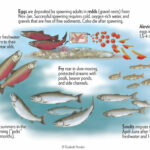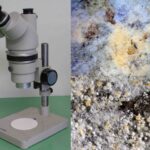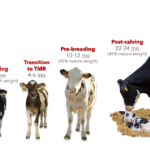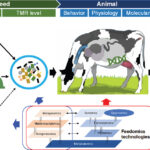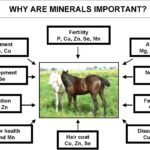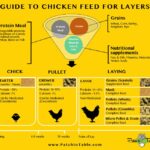Blogs
Poultry Nutrition
Poultry nutrition has been extensively researched so the nutritive requirement of laying hens is well known. The degree of sophistication is such that different strains of laying hens have feeds formulated to meet their specific requirements. The basic requirements are for protein, carbohydrates, fats, vitamins, and minerals. The protein requirement is met by including soybean meal, corn gluten meal, meat and bone…
Entomology
Branch of zoology that focuses on study of insects i.e. everything about insects. In the strict sense, entomology is the study of insects, but entomologists often study other arthropods such as spiders, scorpions, mites, millipedes, centipedes Insects Classification of insects (Species): Group of individuals that actually or potentially interbreed in nature. Interesting facts about insects…
Principles in Animal Life-I
Introduction of Zoology Zoology (Gr. Zoo, animals & logos, to study) is the study of animals. It is one of the broadest fields in all of science because of the immense variety of animals and the complexity of the processes occurring within animals. There are, for example, over 20,000 described species of bony fishes and…

